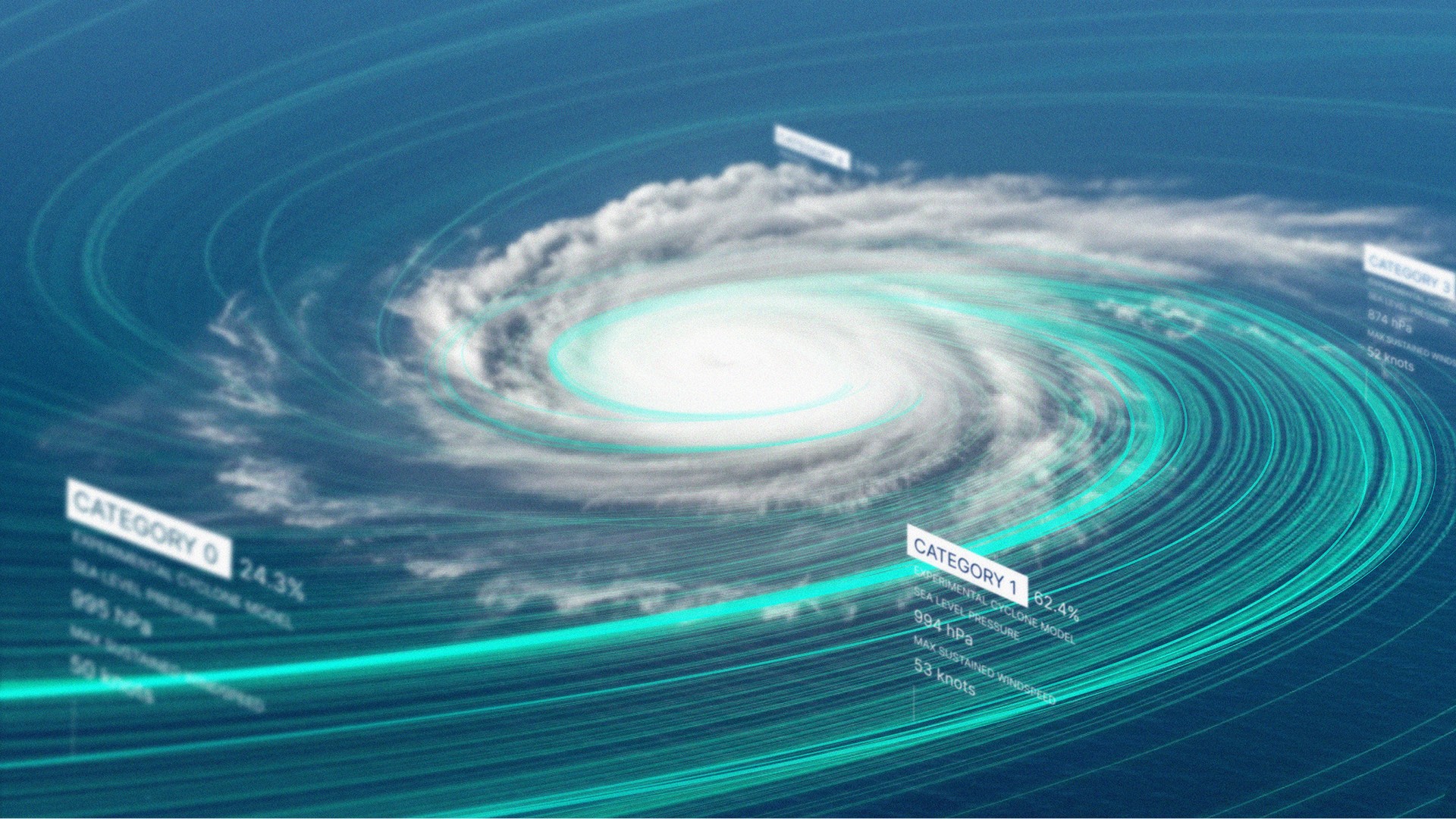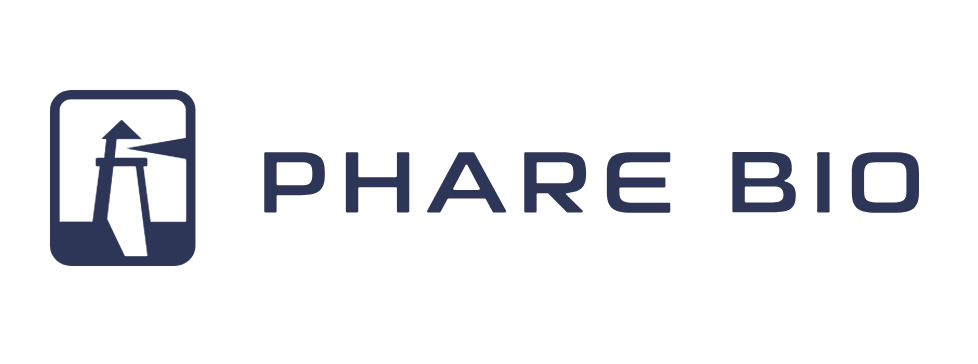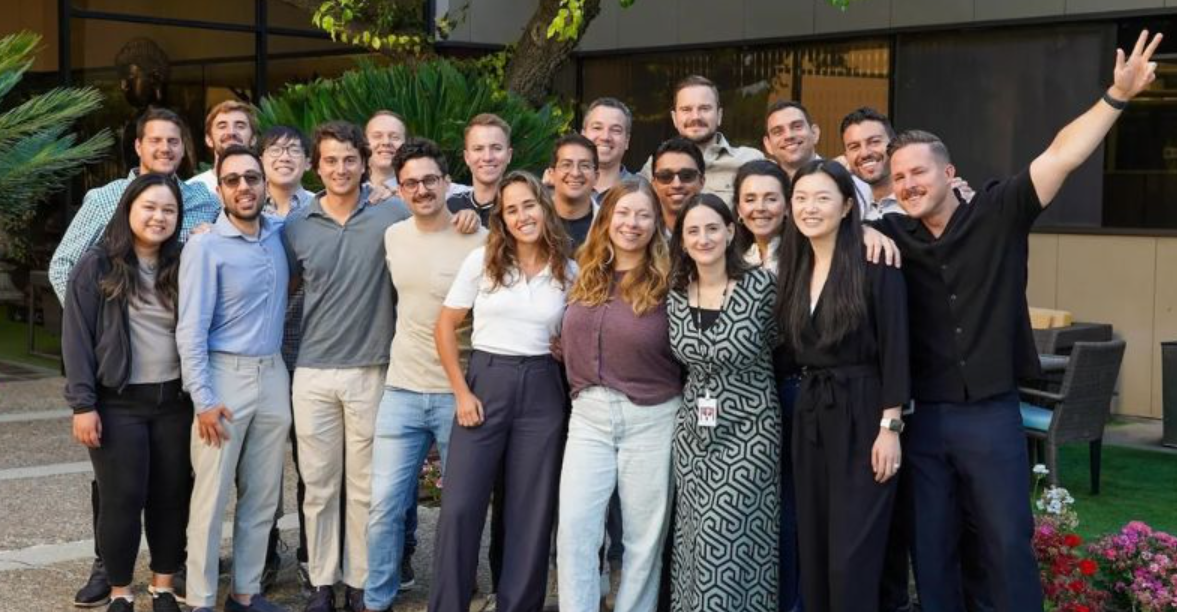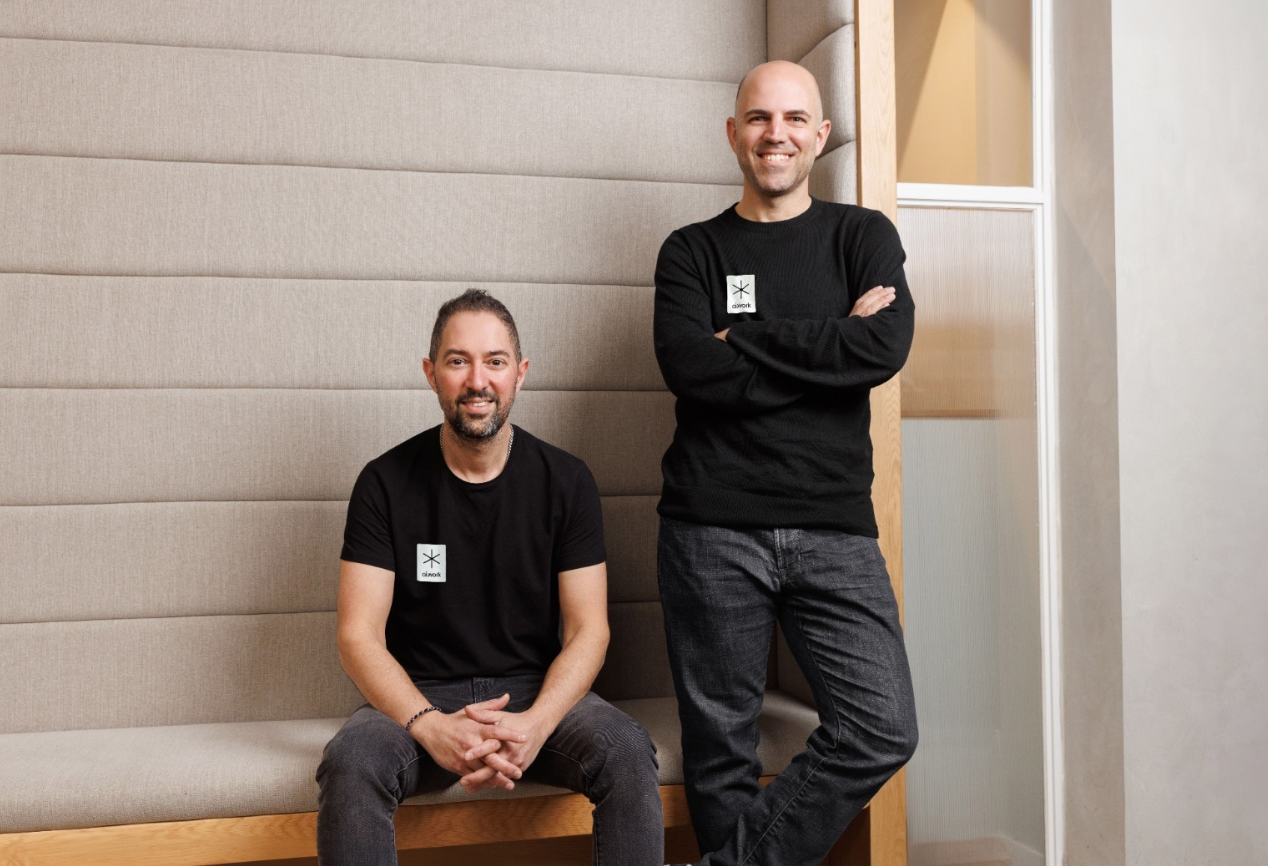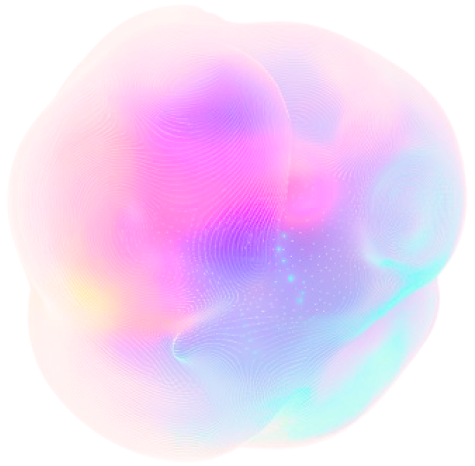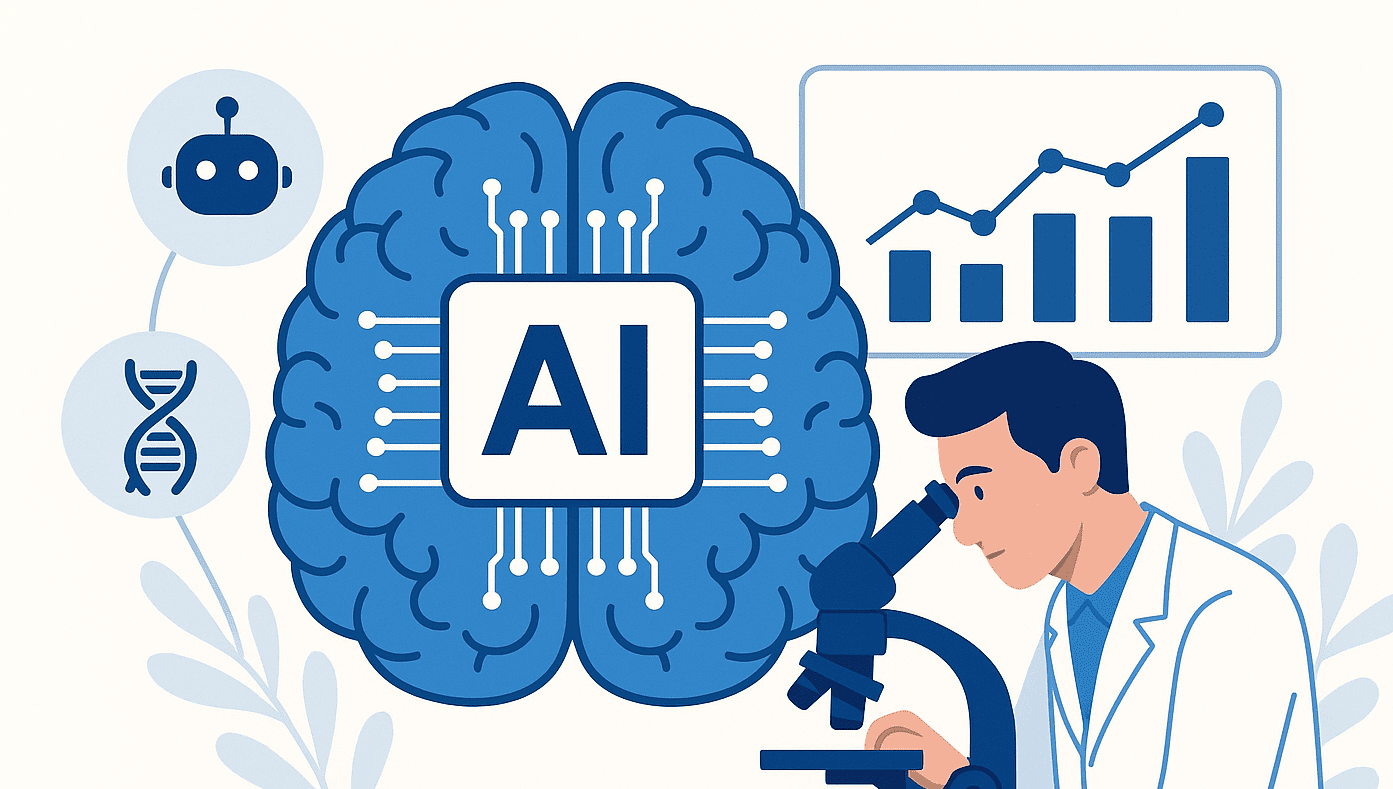Insider Brief
- Google DeepMind and Google Research have developed Weather Lab, an AI model now being tested by the U.S. National Hurricane Center that predicts tropical cyclones with longer lead times and improved accuracy.
- The model uses a stochastic neural network to simulate 50 possible storm outcomes up to 15 days in advance, outperforming leading physics-based models by 1.5 days in five-day forecast benchmarks.
- Weather Lab integrates storm track, intensity, and wind radius predictions into a single framework, offering emergency planners more comprehensive data, though it remains experimental for now.
Google DeepMind and Google Research have developed a new artificial intelligence they say can predict tropical cyclones with greater accuracy and longer lead times than many traditional systems, potentially giving communities more time to prepare.
Called Weather Lab, the experimental model is now being used by the U.S. National Hurricane Center to compare predictions during the 2025 storm season, according to Google DeepMind, It’s part of a broader push to improve cyclone forecasting, a longstanding challenge for meteorologists due to the storms’ chaotic nature.
Tropical cyclones—also known as hurricanes or typhoons—cause billions in damage each year and the World Meteorological Organization estimates $1.4 trillion in the past 50 years. They form over warm oceans and grow stronger by pulling in heat and moisture. Their paths are governed by large-scale weather patterns, but their strength depends on smaller, more turbulent processes. Predicting both at once has historically required multiple models.
DeepMind’s approach combines both tasks into one system, according to the Alphabet subisdiary. The model uses a technique called a stochastic neural network, which produces not just one outcome but a range of possibilities. It runs 50 possible scenarios for each cyclone up to 15 days in advance, allowing forecasters to gauge the range of risk.
The team trained the system using two types of data: historical global weather patterns reconstructed from past observations and a specialized dataset of nearly 5,000 tropical cyclones spanning 45 years. This dual-input strategy allows the model to learn both the large-scale behavior of the atmosphere and the specific traits of cyclones.
In tests, DeepMind’s AI model showed better accuracy in tracking storms and estimating their intensity than leading physics-based models such as the European Centre for Medium-Range Weather Forecasts’ ENS and NOAA’s Hurricane Analysis and Forecast System. In one benchmark, the model’s five-day forecasts were as accurate as ENS’s 3.5-day predictions, a 1.5-day improvement that would represent a major leap in forecasting capability.
The Weather Lab site lets users explore live and historical cyclone predictions from DeepMind’s system alongside traditional models. While the platform is labeled experimental, it provides scientists and emergency planners with a window into how AI may soon reshape disaster forecasting.
The collaboration with the U.S. National Hurricane Center is central to validating the model’s usefulness. NHC analysts are comparing the AI predictions in real time with other tools. Kate Musgrave, a research scientist at the Cooperative Institute for Research in the Atmosphere, said early testing showed the model had “comparable or greater skill than the best operational models.”
Unlike older systems that rely heavily on regional high-resolution simulations to estimate cyclone intensity, DeepMind’s model handles both track and strength in one framework. It also predicts the size and shape of storms, including the radius of high winds, another critical factor in emergency planning.
The system’s design helps avoid a key trade-off: models that predict a storm’s path well often miss its intensity, and vice versa. DeepMind’s approach attempts to sidestep this by jointly learning both elements.
Despite the early promise, the developers caution that Weather Lab is a research tool, not a replacement for official forecasts. For now, the goal is to gather feedback, refine the model, and explore how it might support or complement existing systems, the company noted.
The broader vision is clear. As more data becomes available and computing power increases, AI-based systems could offer faster, cheaper, and more accurate forecasts—especially in places where traditional weather modeling infrastructure is lacking.
The research was developed by Google DeepMind and Google Research, with input from the U.S. National Hurricane Center, the UK Met Office, the University of Tokyo, Japan’s Weathernews Inc., and other partners. Live demonstrations of the model’s performance have shown accurate predictions of past storms, including Cyclones Honde and Alfred.
Developers also worked with the Cooperative Institute for Research in the Atmosphere (CIRA) at Colorado State University. which evaluated the model and found it to have “comparable or greater skill than the best operational models for track and intensity,”
Dr. Kate Musgrave, a CIRA Research Scientist, and her teamMusgrave, stated in the announcement, “We’re looking forward to confirming those results from real-time forecasts during the 2025 hurricane season.”
If validated during the current storm season, DeepMind’s technology could become a key piece of next-generation weather forecasting—offering more time for warnings, more certainty for planners, and possibly saving more lives.
